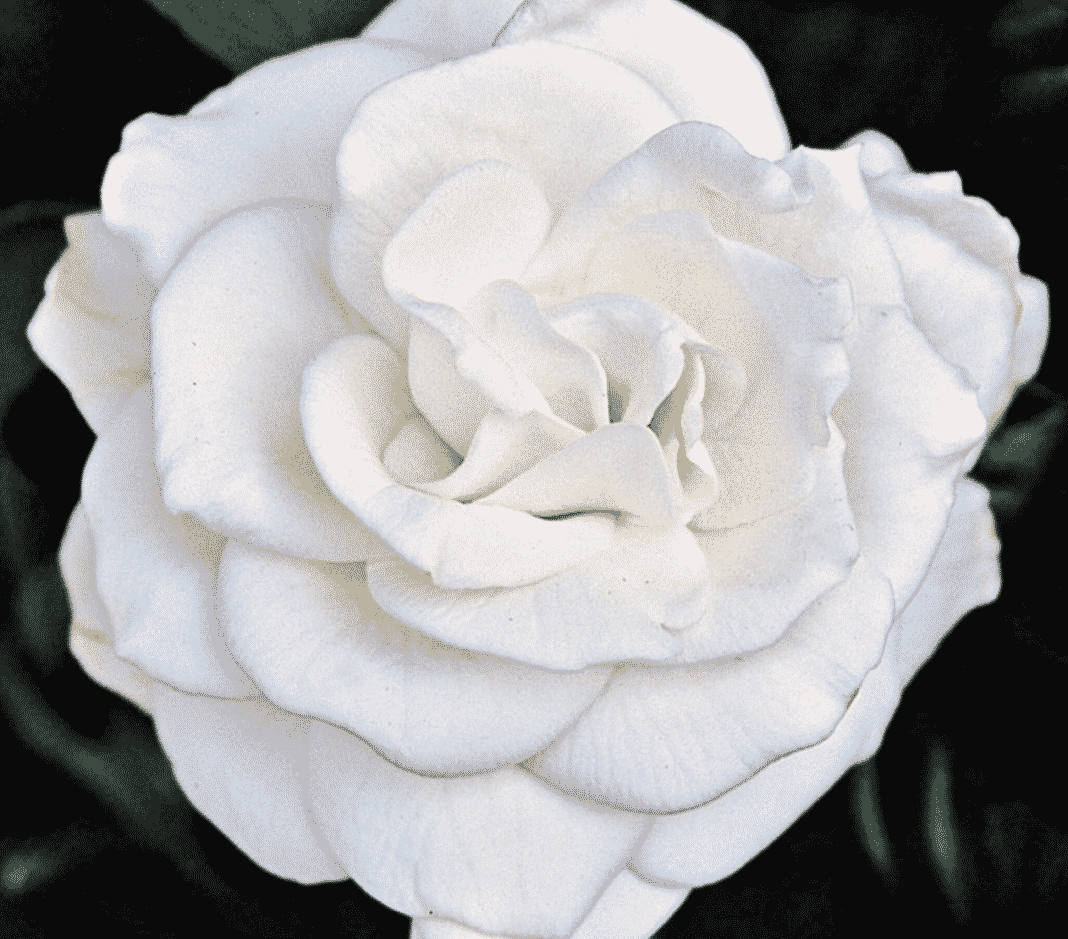Gardenias are known as a temperamental plant to grow – but rewards the gardener with a show of heavenly spectacular scented white flowers which bloom in early spring to summer.
Gardenias like a rich, acidic soil with good drainage in a light or medium shaded area, away from any tree roots.
Cover them regularly with a thick layer of mulch, which will help to control any weeds in the soil. Keep the soil moist during the spring/summer, reducing watering in winter. Avoid getting water on the leaves, as it can cause fungal leaf spots.
Feed in mid-March, using an acid fertiliser, the type used for Azaleas or Camellias are good choices; and repeat again in late June. Don’t feed Gardenias during autumn.
There are many cultivars available: Gardenia jasminoides ‘Aimee’ is a large shrub, growing up to 6ft, with huge 4-5in white flowers.
- jasminoides ‘Fortuniana’, one of the most free blooming large shrub, producing 4-in blooms from mid-spring, through to mid-summer.
- jasminoides ‘Buttons’ is a dwarf variety, growing 24-30in, with 2-in flowers. G. jasminoides ‘Crown Jewel’ is a hardy dwarf variety, growing to 3 ft, with 3-in flowers.
Prune Gardenias after they stop blooming, removing any straggly branches and dead-head spent blooms. Re-pot every other spring. Repot sooner, if the plant is not looking as healthy as it had been, and roots could be pot-bound.
Propagate Gardenias by taking root stem cuttings in early spring, or by seed which is a long process, taking 2-3 years to produce any flowering plants.
Common problems, aside from cold temperatures and inconsistent watering, which will cause the buds and leafs to drop, are insects, especially scale, aphids, spider mites, mealybugs, and whiteflies, which can be treated. Plants will most likely face frequent infestations.
Gardenias also are also vulnerable to powdery mildew, leaf spot, dieback, anthracnose, and sooty mould. In many instances the affected plants will need to be removed and destroyed.






